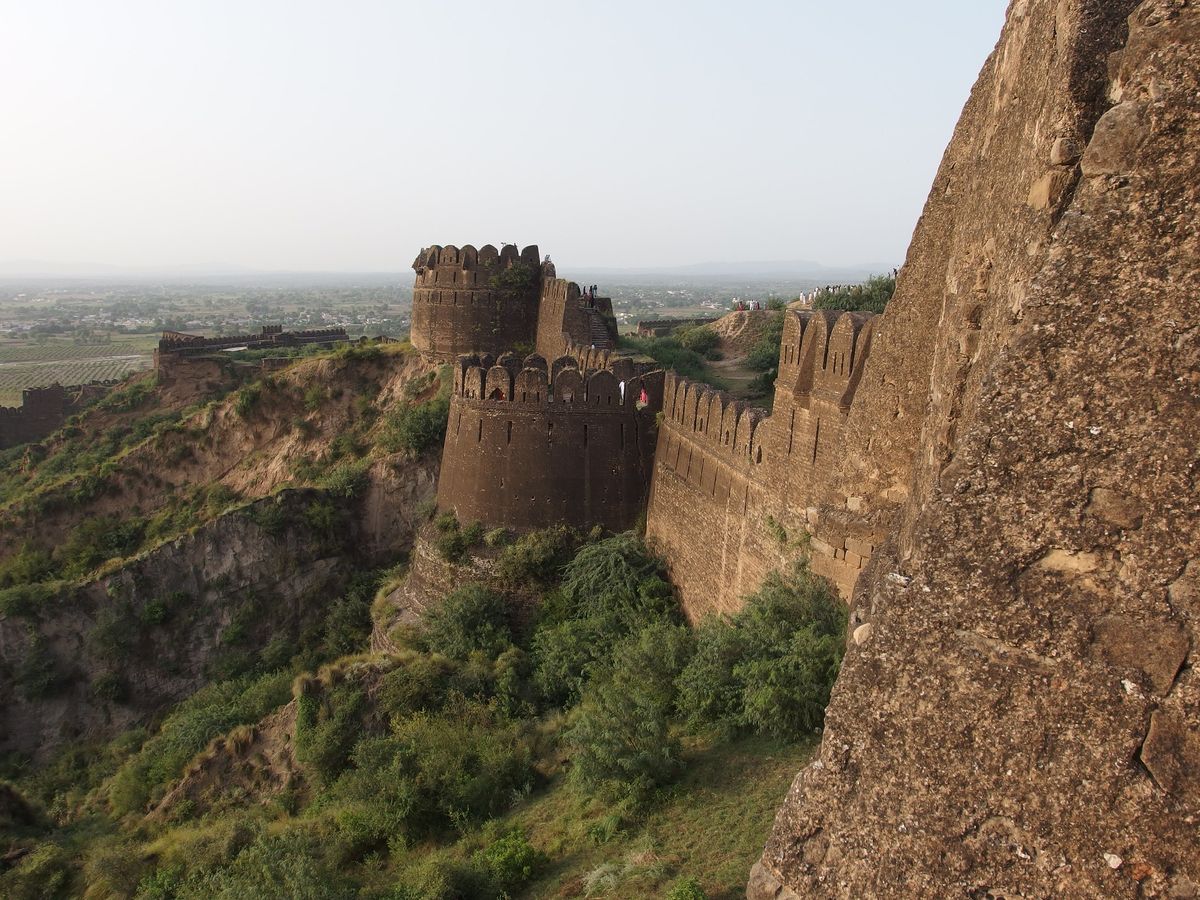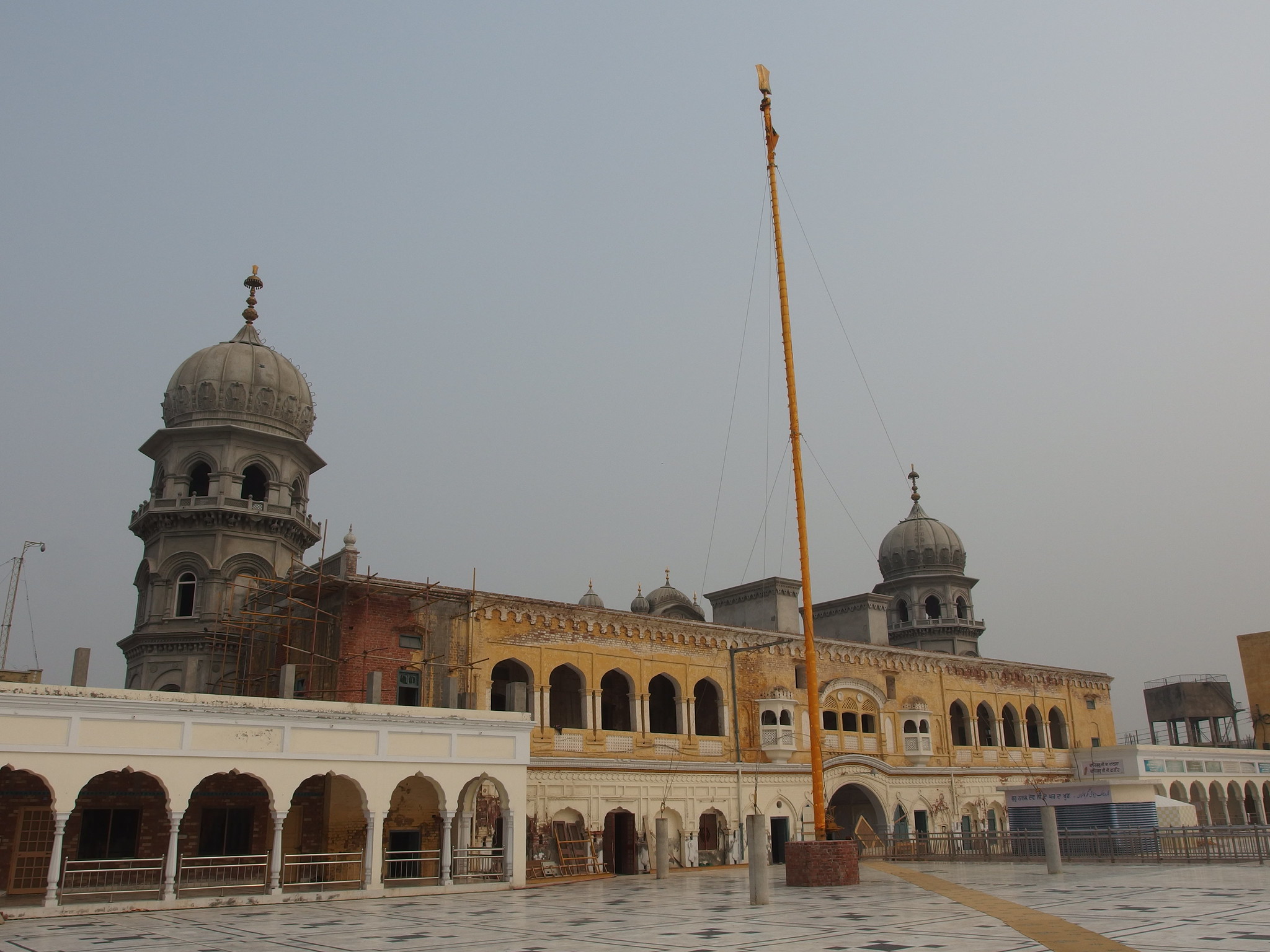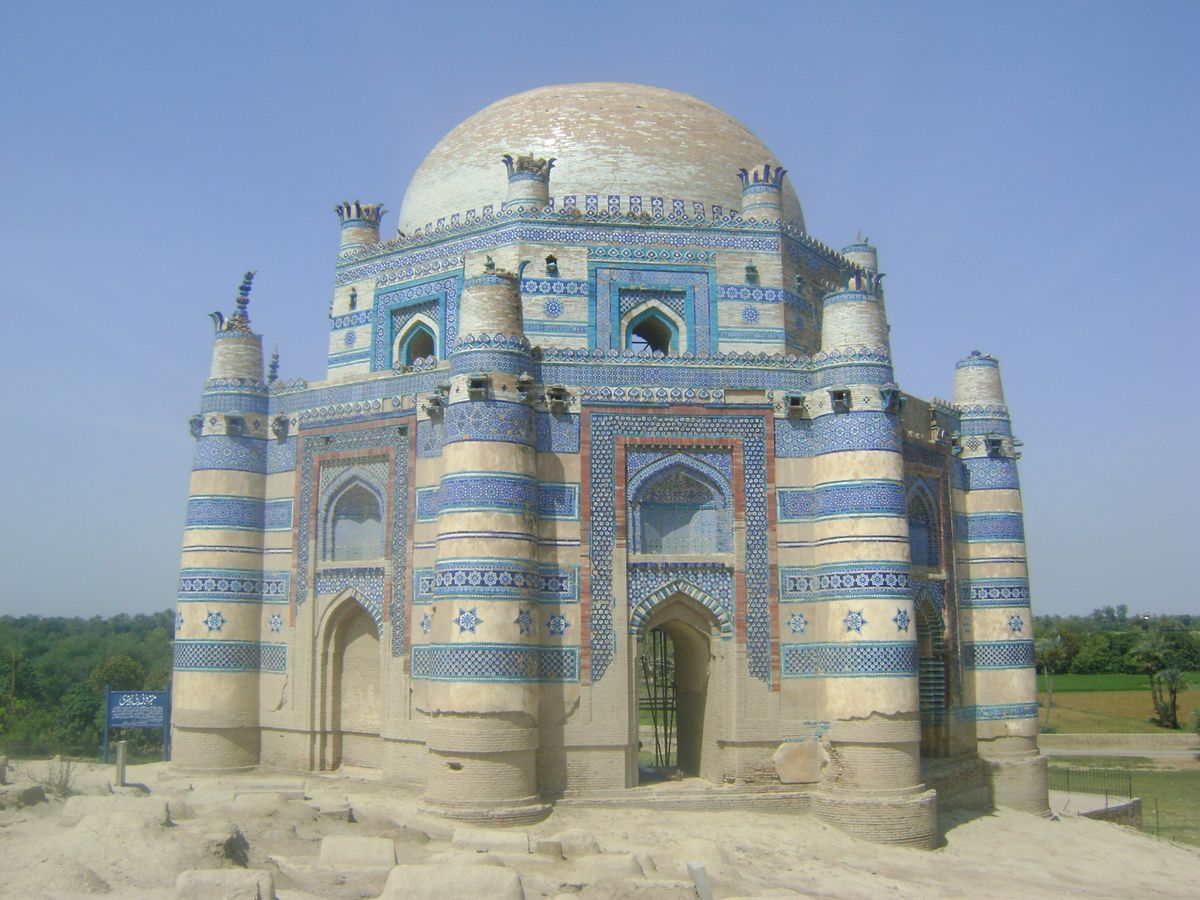Wondermondo 🢖 World 🢖 Wonders of Asia 🢖 Wonders of Pakistan
Territory
Wonders of Pakistan
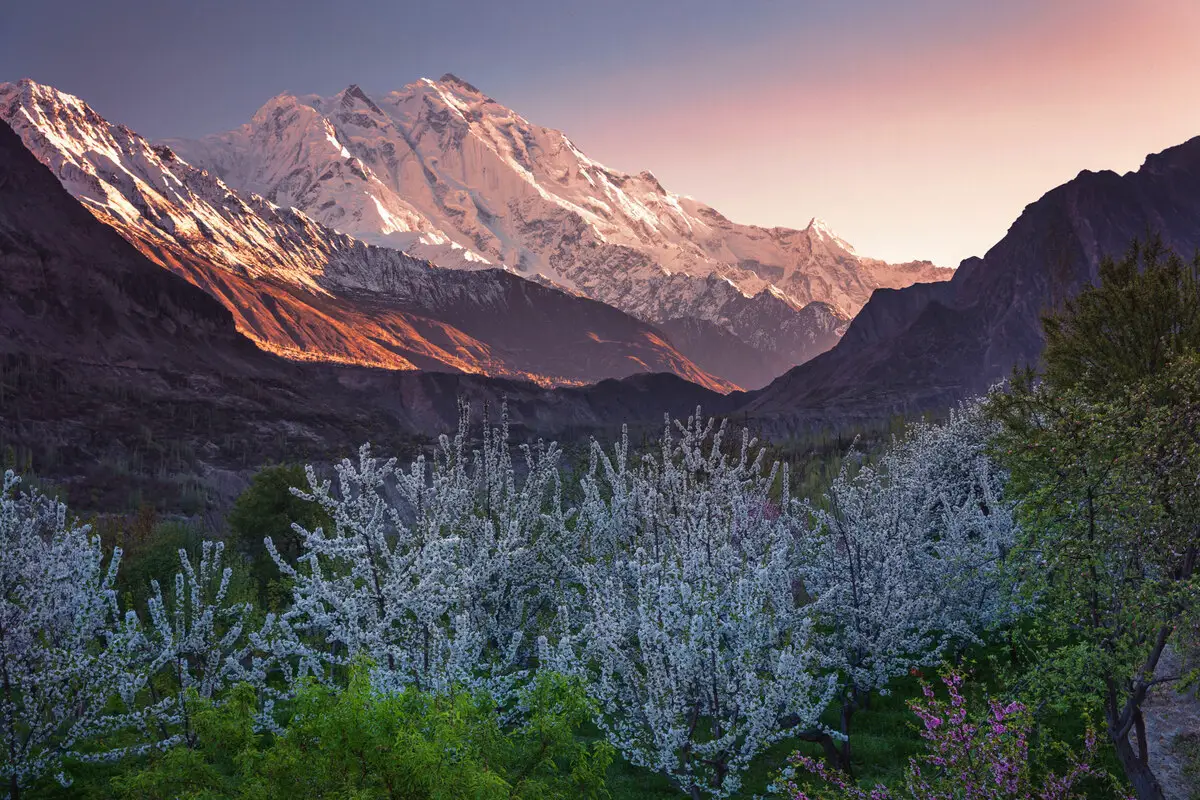
 Highlights
Highlights
Pakistan has a huge natural diversity and plenty of impressive natural landscapes from the desolate, eerie sights in southern Makran to some of the world’s tallest mountains in the north.
Nevertheless the most impressive and most interesting wonders of Pakistan are made by man and the most interesting ones are:
- Prehistoric and ancient cities. One of the greatest prehistoric civilizations – the Indus Valley Civilization developed here in 3300 – 1300 BC. Some of the most impressive cities from these times were Harappa, and Mohenjo-daro but there existed even older cities, such as Mehrgarh.
- Medieval forts. There are hundreds of diverse historical forts in Pakistan and some are among the world’s finest ones.
- Islamic architecture. Badshahi Mosque belongs to the most beautiful structures in Southern Asia but not less amazing are several tombs of Sufi saints.
Map with the described wonders of Pakistan
If you see this after your page is loaded completely, leafletJS files are missing.
 Top 25 wonders of Pakistan
Top 25 wonders of Pakistan
Geological wonders
Trango Towers
Gilgit-Baltistan
World’s tallest cliff towers. The largest is Great Trango Tower (6,286 m) which is the world’s tallest near a vertical cliff – 1,340 m.
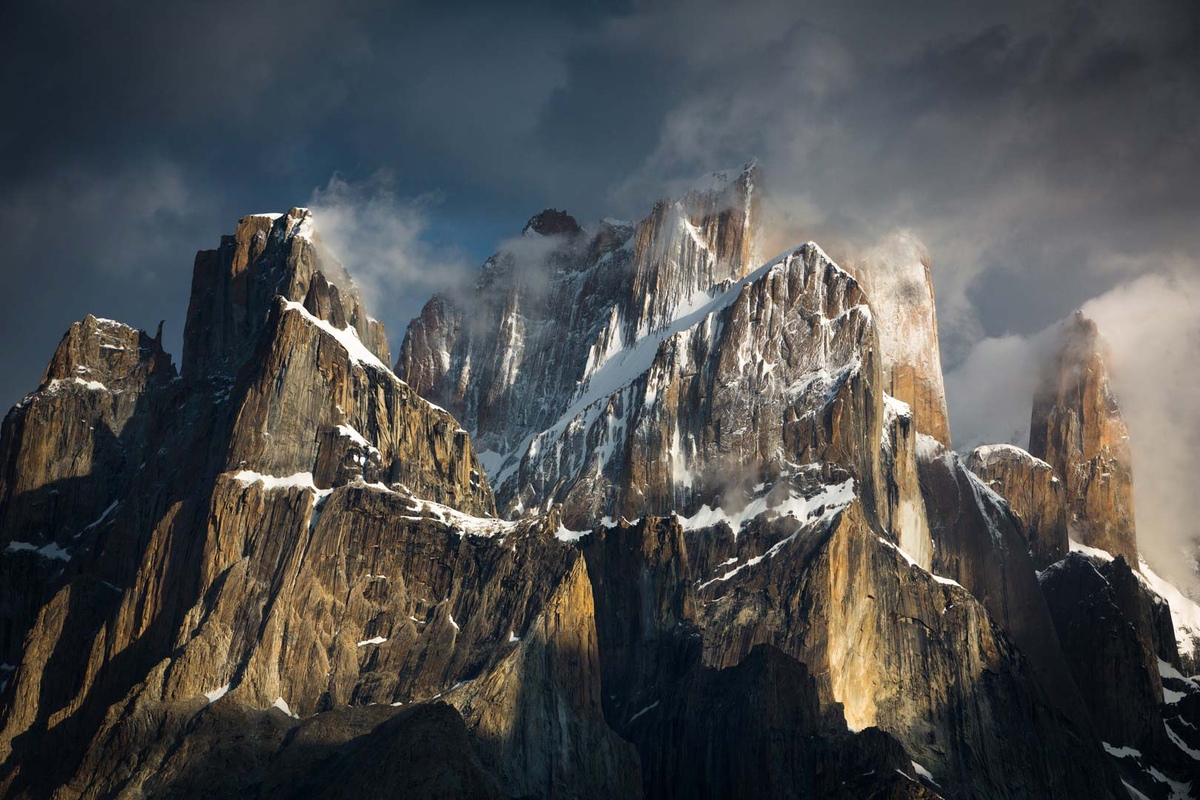
Archaeological wonders of Pakistan
Mohenjo-daro
Sindh
Remnants of one of the largest settlements of the Indus Valley Civilization and one of the earliest known cities in the world with up to 35,000 inhabitants. Developed since 2600 BC and was abandoned around 1800 BC. The city exhibits the great skills of ancient urban planners.
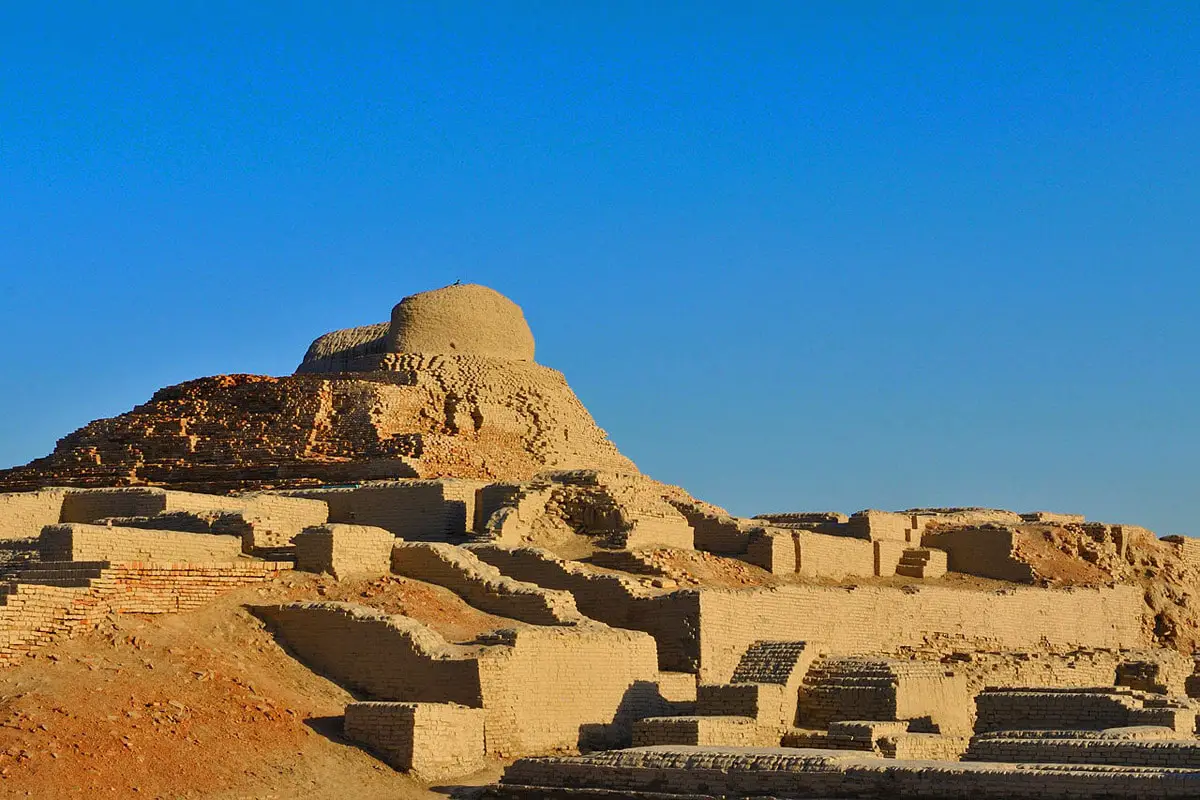
Mehrgarh
Balochistan
One of the most important Neolithic monuments in the world – a precursor of the Indus Valley Civilization. A settlement existed here in 7000 – 5500 BC.
Kot Diji ancient city
Sindh
Site of a prehistoric city that existed in 3300 – 2600 BC, in the late Neolithic – early Bronze Age. City has existed here since this time up to nowadays. Area – 2.6 ha.
Takht-i-Bahi (Takht Bhai)
Khyber Pakhtunkhwa
Well preserved complex of ancient Zoroastrian and Buddhist temples and monasteries. Shrine developed around springs at the summit of the hill in the 1st century BC. The monument consists of several sites that are up to 4 km far from each other – an enormous stupa, the dwelling of the monastery, a temple, and a Tantric monastery. This is one of the best-preserved ancient Buddhist monastic complexes anywhere.
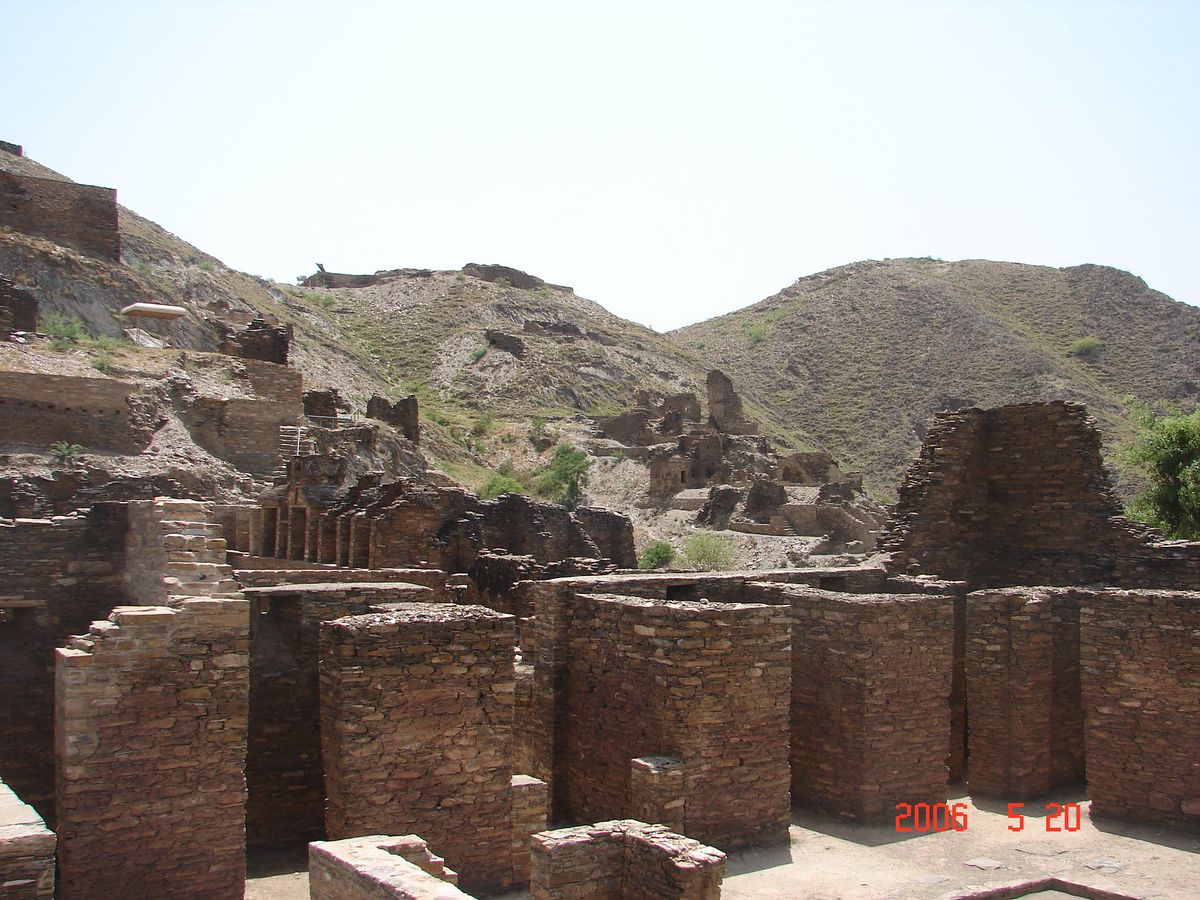
Ranigat
Khyber Pakhtunkhwa
Remnants of an enormous Buddhist monastery that was built sometime around 500 BC by representatives of the Gandhara civilization. Monastery is a huge complex of temples, dormitories, stupas, and other buildings – has been built on the top of the hill.
Shatial inscriptions
Gilgit-Baltistan
Numerous inscriptions at crossroads of ancient mountain roads – more than 1000 inscriptions and 700 petroglyphs. Some inscriptions are made in rare, extinct languages, e.g. Bactrian language.
Architecture wonders and sites of legends
Lahore Fort and Lahore Walled City
Punjab
Enormous fortification with an area of 20 ha. The history of the fort started millennia ago but most of the current structures were built in the 16th – 17th century. Inside the fort are located several buildings of high architectural and artistic value, such as the ornate Sheesh Mahal with its fine mirrors, the Naulakha Pavilion with an unusual, curved roof, and others.
Rohtas Fort
Punjab
Enormous, well-preserved fort, built in 1541-1549 to suppress local tribes. The length of the walls is 5.2 km, outer height is 10-18 m. Inside the fort is a village, but earlier here could be quartered up to 30,000 soldiers.
Ranikot Fort
Sindh
The largest fort in the world, fortified with 26 km (other sources – 35 km) long walls. It is not known who and when built it initially, but the current walls were constructed in the 17th century and also in 1812. In the central part of the enclosure is a smaller fort.
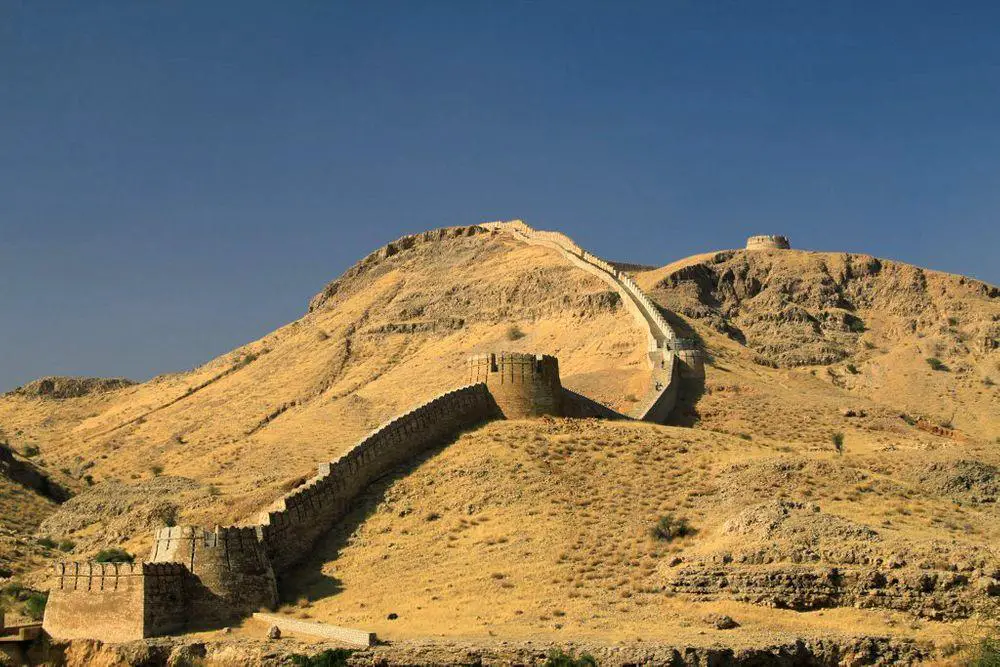
Badshahi Mosque
Punjab
The largest mosque in the world in the time period from 1673 to 1986. The building has gorgeous architecture, it is one of the highest achievements of Mughal architects.
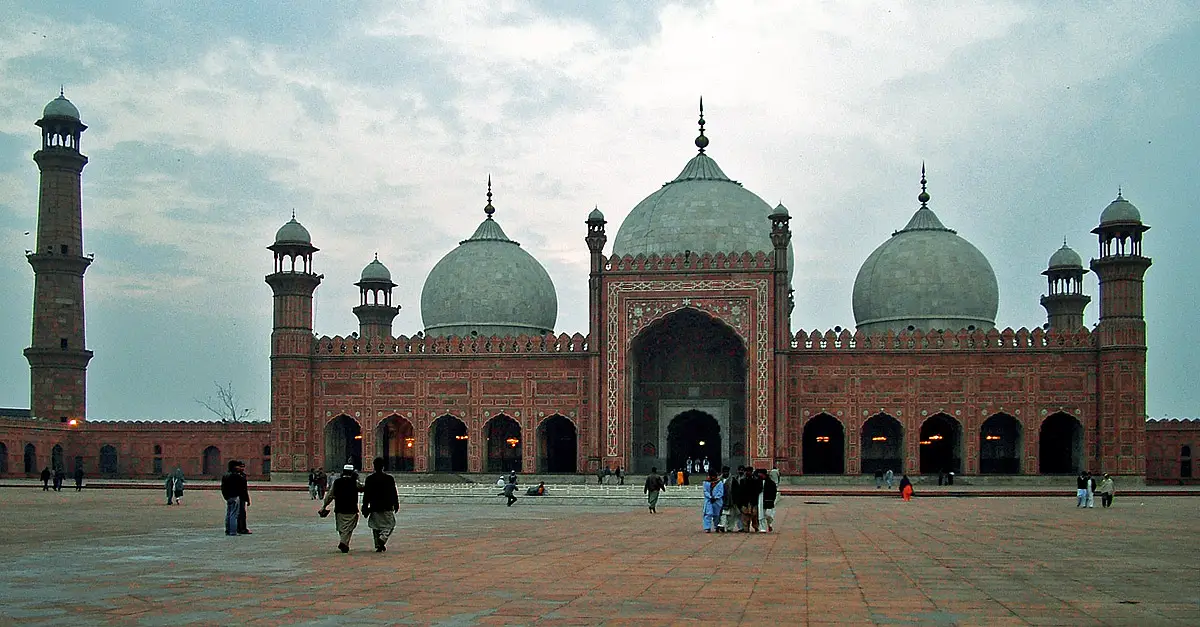
Derawar Fort
Punjab
A very impressive fort with up to 30 m tall walls. The walls (the 18th century) are 1.5 km long and have numerous fortification towers.
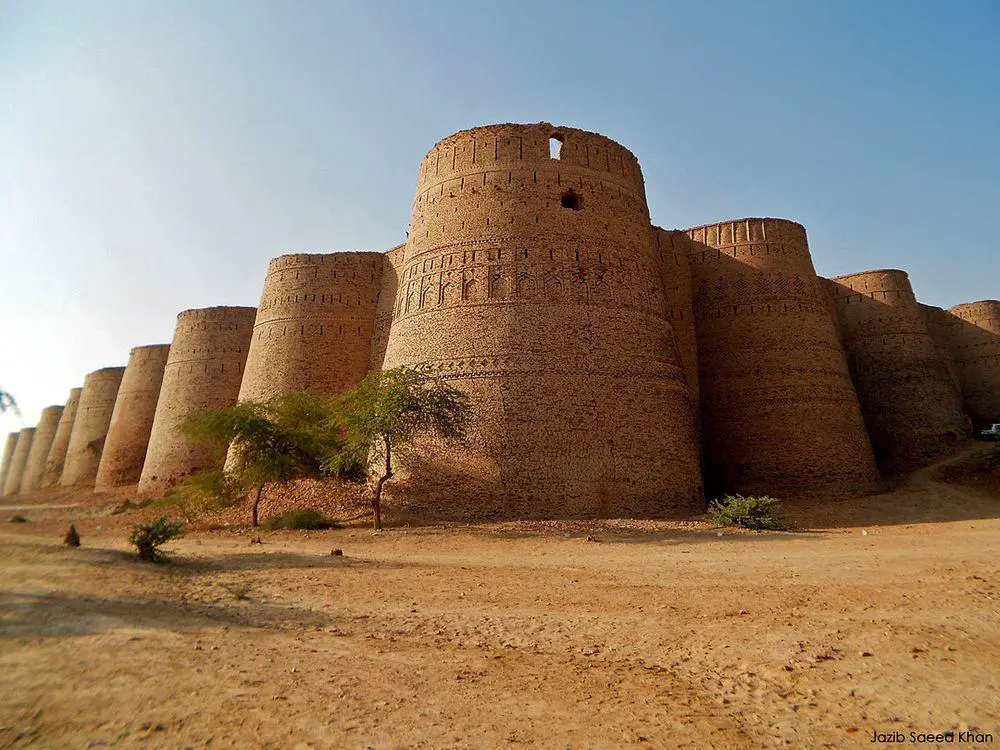
Shalimar Gardens
Punjab
A beautiful, harmonious complex of gardens with ponds and garden architecture. Gardens were built in 1641 – 1642 and mimic the Islamic paradise.
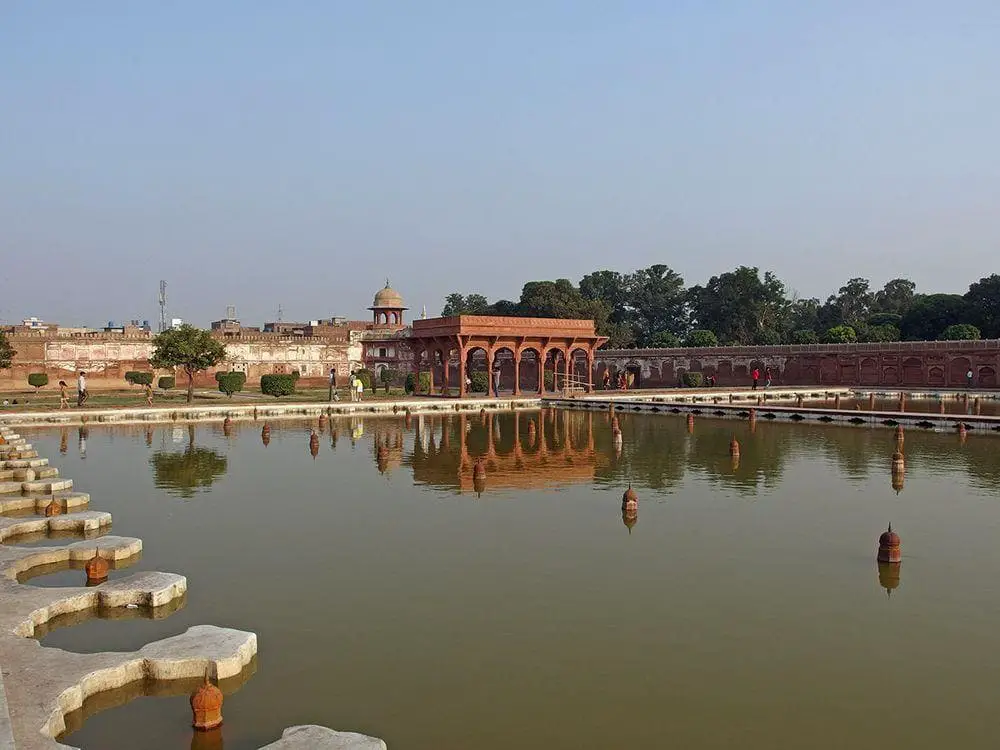
Altit Fort
Gilgit-Baltistan
Ancient structure, headquarters of Hunza rulers. Fort was built in the 11th century although the fortifications were built here earlier.
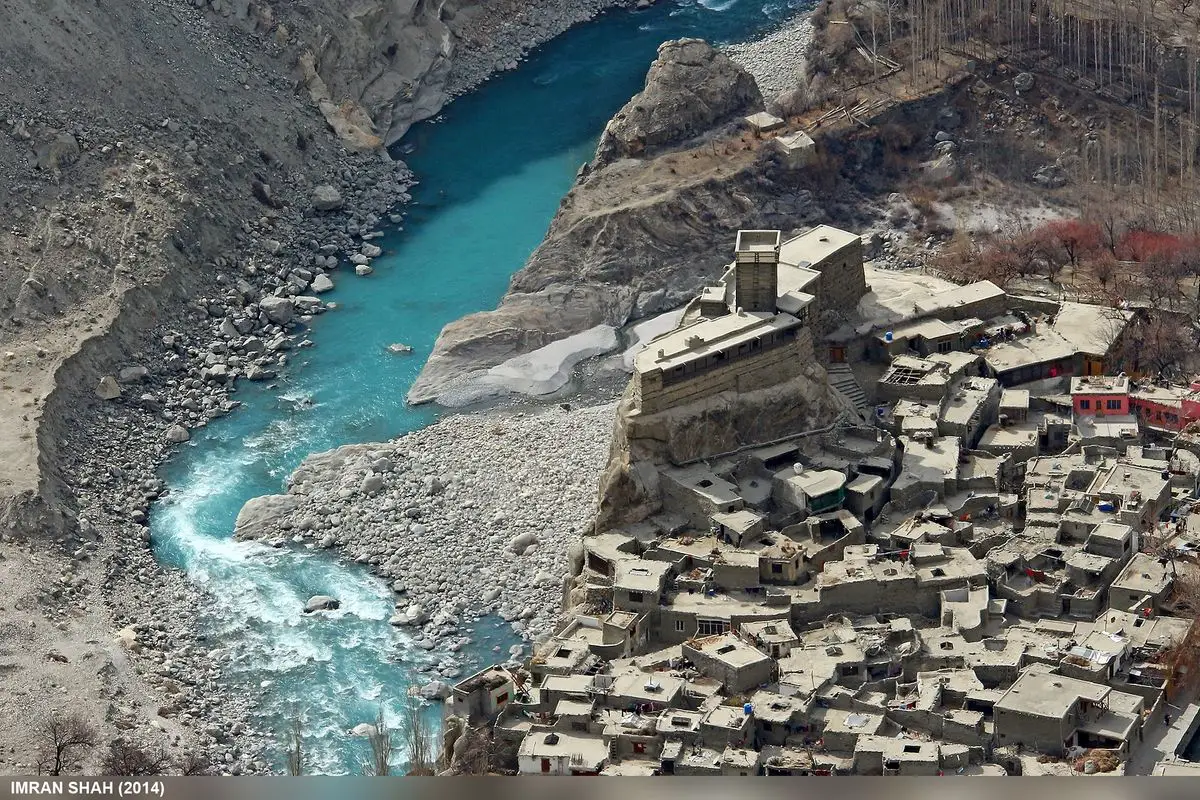
Baltit Fort
Gilgit-Baltistan
Large fortification in Hunza valley. The first fortifications there were built in the 1st century AD. Current structures are built since the 15th century AD and have some similarities to Tibetan palaces. Former residence of Hunza rulers – Mirs.
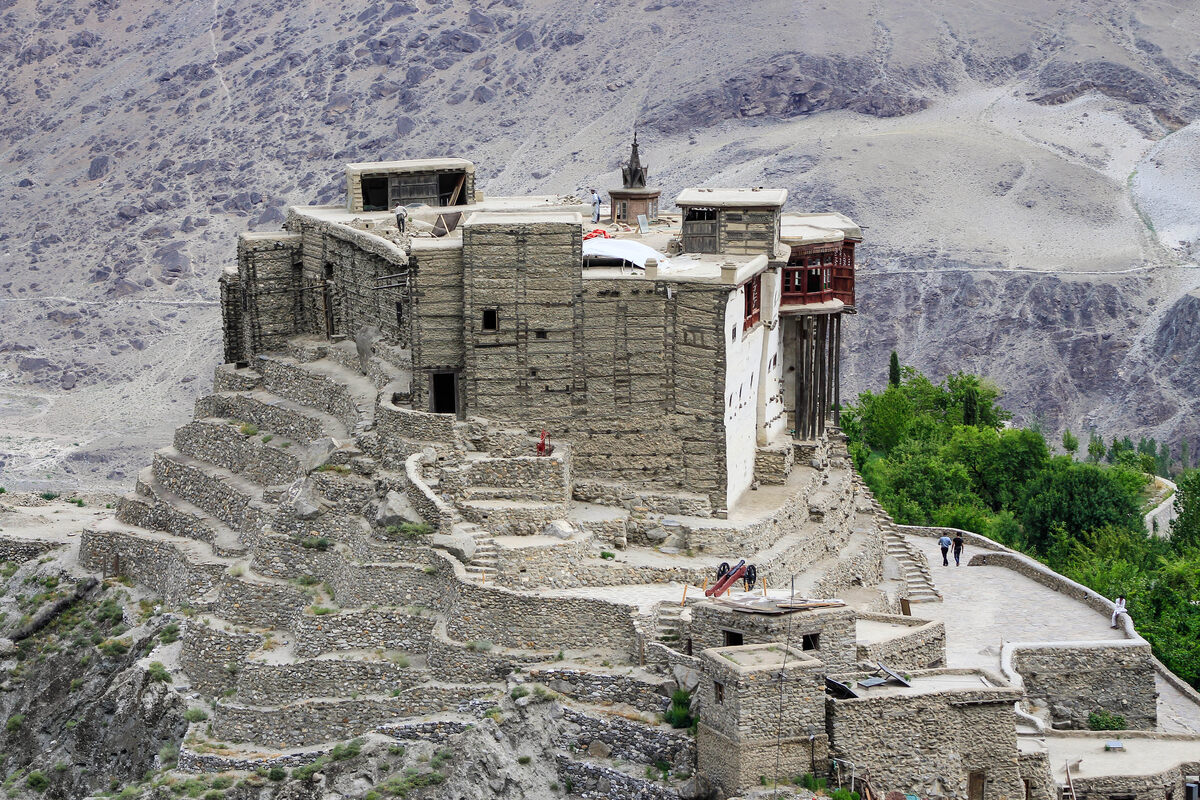
Shishi-Kuh Valley
Khyber Pakhtunkhwa
An area where many researchers and local people have spotted footprints and sounds made by unknown animals. Many local people often have seen an ape-like creature that is similar to Neanderthal man. This animal is called Barmanu and it has been spotted in other areas too.
Chaukhandi tombs
Sindh
Large cemetery with numerous beautiful tombs from the 15th – 18th centuries. These tombs are shaped from sandstone and are covered with intricate, beautiful carvings.
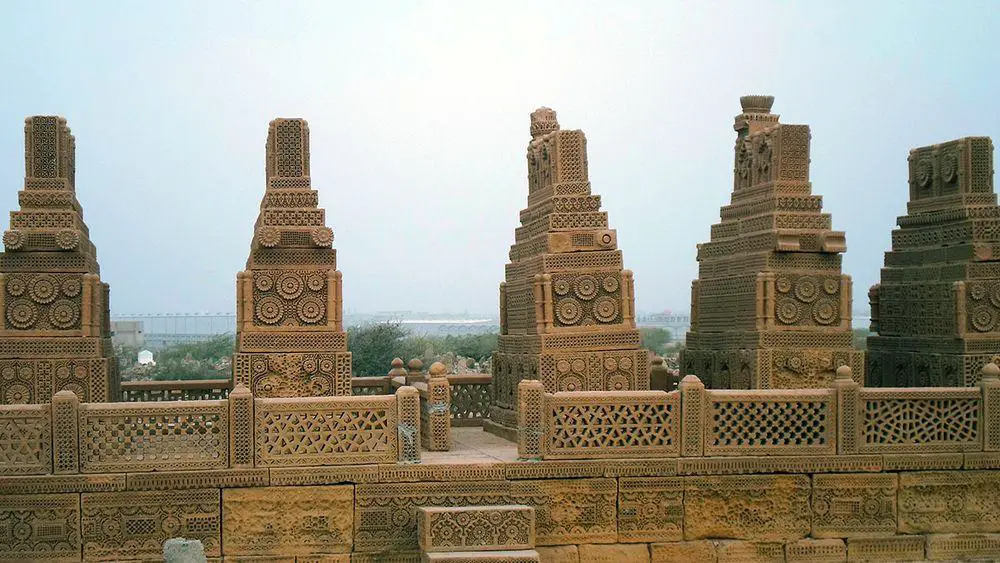
Wazir Khan Mosque
Punjab
Beautiful mosque in Old Lahore, built in the 1630ies.
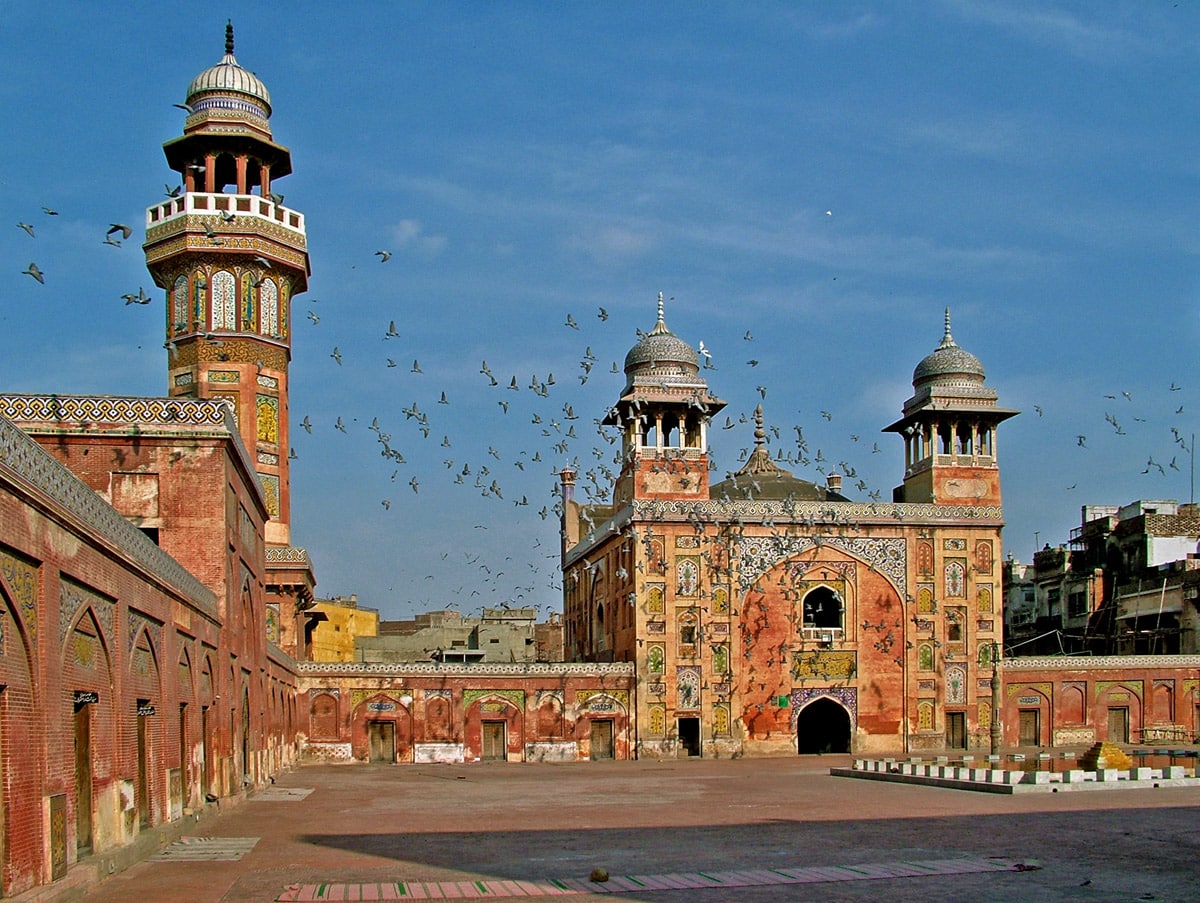
Gurdwara Janam Asthan
Punjab
One of the most sacred sites for Sikhs, a place where was born Sikh founder Guru Nanak.
Tomb of Bibi Jawindi
Punjab
Beautiful, octagonal structure, built in 1493. The building is covered with ornate mosaics. Only half of the structure remains. There are found several more tombs and shrines in a similar style, for the most part in ruins.
Shah Jahan Mosque, Thatta
Sindh
A Mughal mosque, built in 1647-1649. Mosque has 93-101 domes, wonderful acoustics, and is adorned with blue glazed tiles.
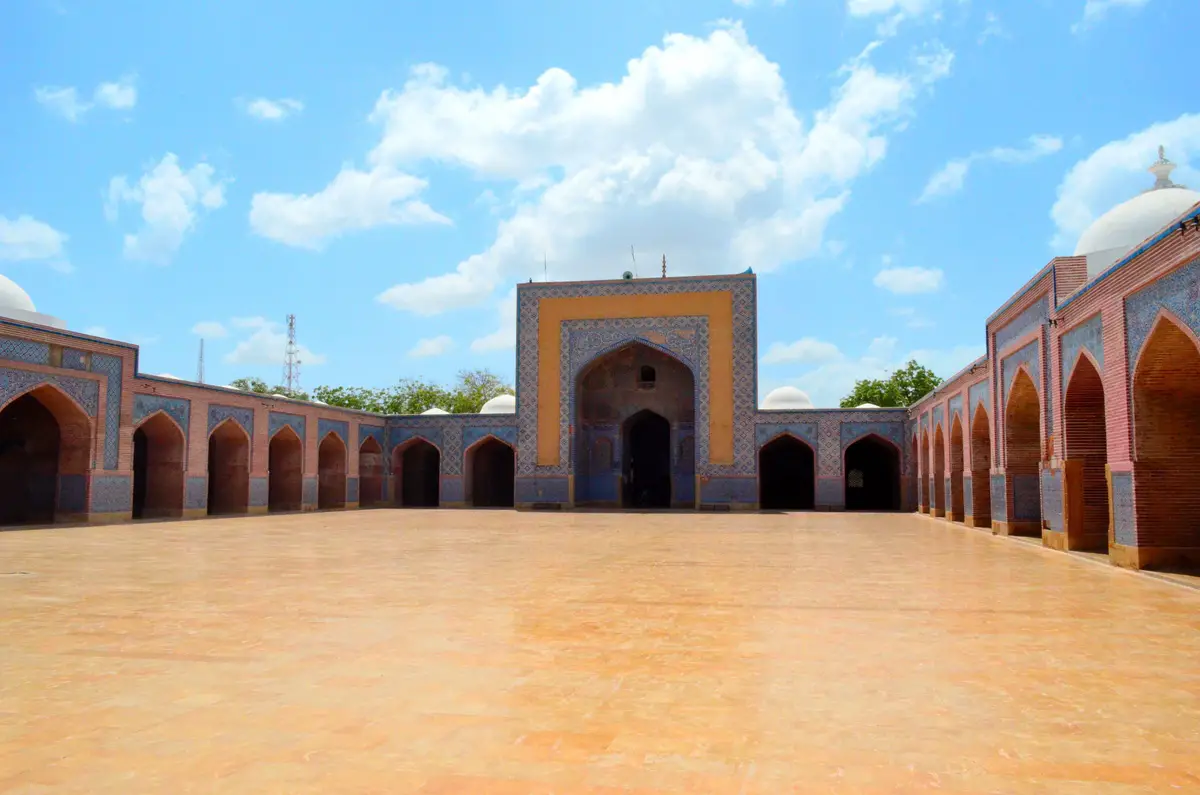
Bala Hissar in Peshawar
Khyber Pakhtunkhwa
A massive medieval fort with its walls rising 27 m tall.
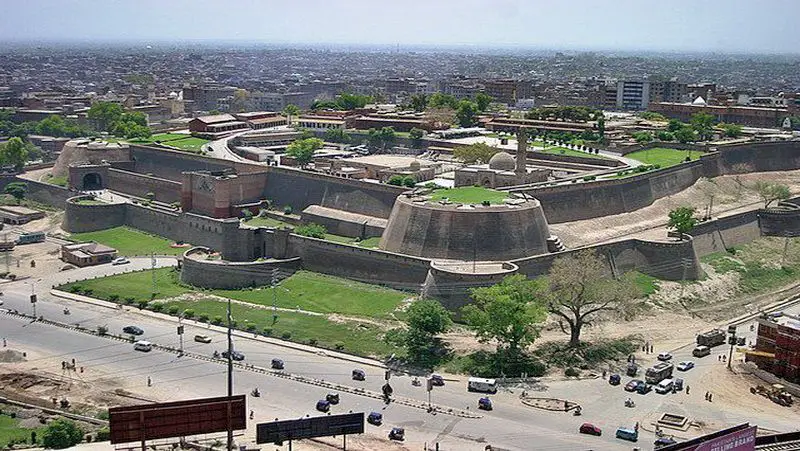
Tomb of Shah Rukn-e-Alam
Punjab
A beautiful memorial to the Sufi saint Rukn-e-Alam (1251 – 1335), constructed in 1320 – 1324, initially intended for governor Ghiyath al-Din Tughluq. First octagonal structure in South Asia.
Tomb of Jahangir
Punjab
Large and ornate mausoleum with fine surrounding gardens. Mausoleum was built in 1605 for the ruler of the Mughal Empire.
 Recommended books
Recommended books
Pakistan Traveller: by UrbanDuniya
Discover intriguing and diverse Pakistan with this new, fully researched, up-to-date travelers’ guidebook. From the atmospheric streets of Lahore’s frenetic Walled City to the tranquil forested hills near Islamabad. From the isolated mosques and forts of the Cholistan Desert to the glacier-carved peaks of the Hunza Valley. This guidebook covers Pakistan in four key regions; – Lahore and Central Punjab – Islamabad and Northern Punjab – Multan and Southern Punjab – Gilgit-Baltistan There are listings of recommended sights, hotels, eating spots, transport information, and emergency facilities in each location, from the big cities down to the smaller towns.
Pakistan – Culture Smart!: The Essential Guide to Customs & Culture
Pakistan is a land with a unique history, formed by migrating peoples who have left their footprint in its diverse cultures, languages, literature, food, dress, and folklore. The country is besieged by bad news, but despite the political turmoil, the everyday life of its people is more stable, rich, and rewarding than the media headlines would lead you to believe. Myriad local festivals and celebrations and a vibrant cultural life go unremarked. Pakistan has the eighth-largest standing army in the world and is the only Muslim-majority nation to possess nuclear weapons, but few know that it is also the home of two unique schools of art.

